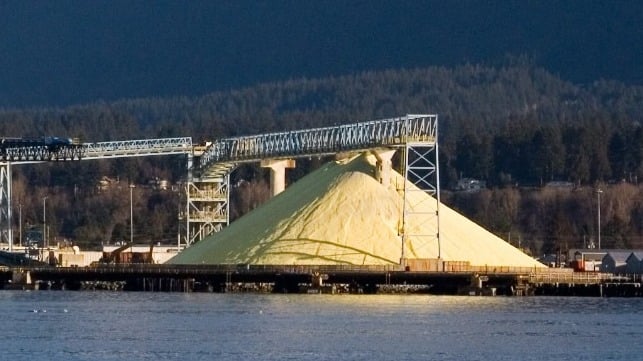Sulfur Energy Storage Could Provide Low-Cost Green Propulsion
Advances in the chemistry of thermal reactions involving sulphur, oxygen and hydrogen can generate temperatures of 900 to 1200-deg C that can sustain the operation of externally heated gas/air turbine engines. The byproducts of the chemical reaction can be decomposed using intense heat and reused for multiple repeat cycles.
Introduction
The history of thermal energy storage for mobile applications dates back to the 1800s, involving a submarine that carried an insulated tank of saturated water at over 100-pounds/square-inch at 327 deg F. Modern solar thermal power plants use molten salt thermal storage at 1020 deg F. While latent-heat-of-fusion metallic compounds and mixtures combine very long usable service life with high storage density, thermal energy storage duration is short-term. While the reaction of mixing certain chemicals produces heat, it is possible to store the chemicals separately over extended duration until heat is needed.
Heat-producing chemical reactions involving some chemicals are actually reversible. A consortium based in Germany known as Pegasus is undertaking pioneering research into using sulphur thermochemistry to produce heat capable of sustaining the operation of externally-heated turbine engine…
CONTINUE READING THE ARTICLE FROM The Maritime Executive HERE


Comments are closed, but trackbacks and pingbacks are open.